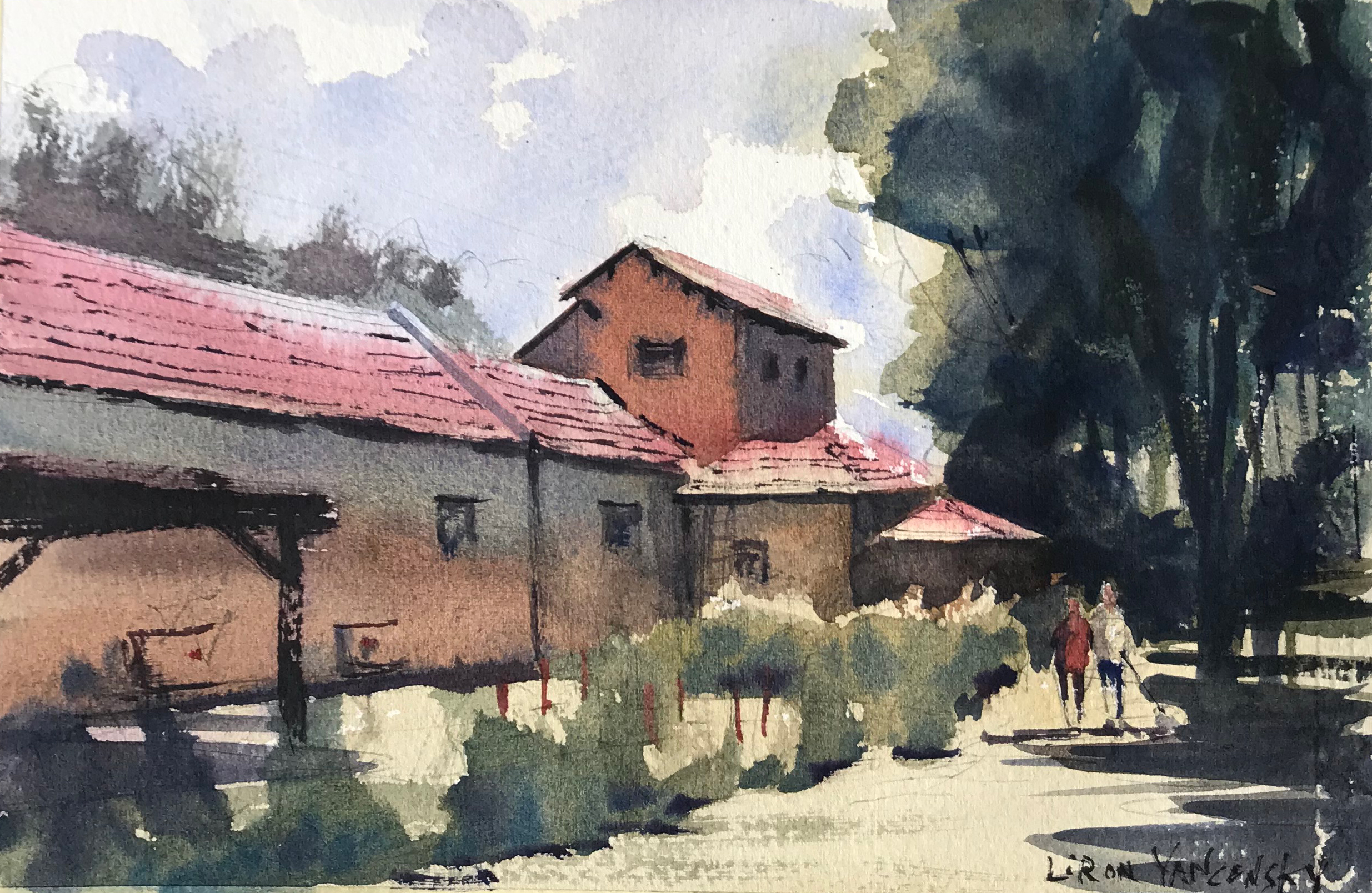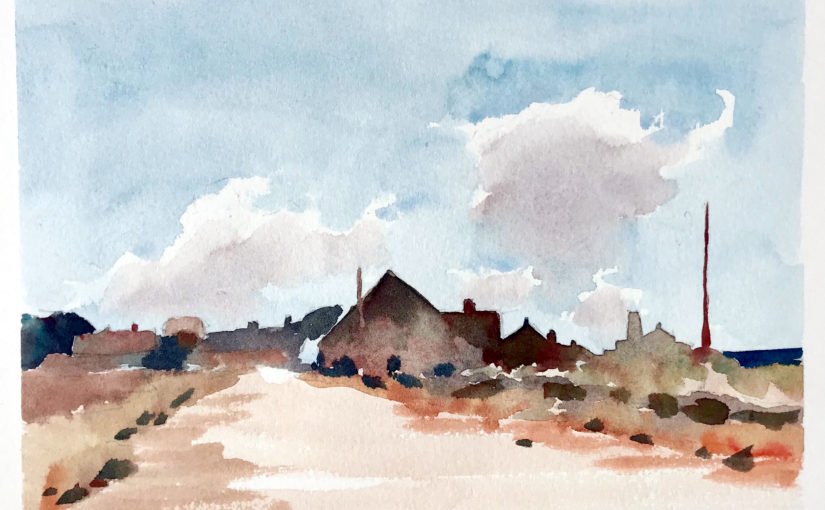Podcast: Play in new window | Download
Hi there, Liron here! Today I want to share with you my biggest painting influences – Stan Miller, Joseph Zbukvic, Alvaro Castagnet and Chien Chung Wei.
I will talk about what I learned from each one of these artists. Let’s get started!
1. Stan Miller
My biggest insight from Stan was how colors don’t matter, and it’s all about the values.
Stan Miller has so many insanely helpful YouTube tutorials, and in them he always emphasizes – if you get your drawings right and your values right – it will look realistic.
I learned the most from Stan Miller, no doubt about it.
Check out this tutorial to see what I mean: Stan Miller – Portrait Demonstration
2. Joseph Zbukvic
From Joseph I learned a lot about simplifying what I see. I learned I can manipulate things and represent them in a simpler manner that really works for the viewer.
Another thing I learned was the importance of believing in the process and allowing the painting time to come together.
I no don’t give up on ANY painting, until it’s 100% doomed haha.
3. Alvaro Castagnet
Ahhh, Alvaro. Such a unique spirit. From him I learned a few interesting things.
First – the important of contrast, or as he likes to call it – contradiction. This means having hard edges and soft edges, warm color and cool color. Conflicting elements that add interest.
One practical thing I got from him was to place cools and blues in close proximity, inside the shadows, to create interest and richness to the shadows.
Overall, my style is very different from Alvaro’s, but I do get a lot of inspiration from his uniqueness of style.
4. Chien Chung Wei
I started following Chien Chung Wei more recently, and even featured him in my newest episode of Painting Masters.
I learned to much to even explain here, so you’ll have to listen to the episode haha. Mostly I learned real skill is. His work is several folds more impressive than anything else I’ve seen.
And with that being said, let’s move on to the Artist Corner!
Artist Corner
So today I wanted to focus on… Chien Chung Wei!
Instead of writing, though, I urge you to take a look at my most recent episode of painting masters:
This artist is really something special.
And that’s it for today, hope you enjoyed this one!
And here’s where you can find me
Check out my YouTube Channel – Liron Yanconsky
Or ask me questions on Instagram – @LironYanIL or Snapchat – @LironYan3
I hope you enjoyed this one. Take care, and we’ll talk again really soon,
– Liron


